Introduction
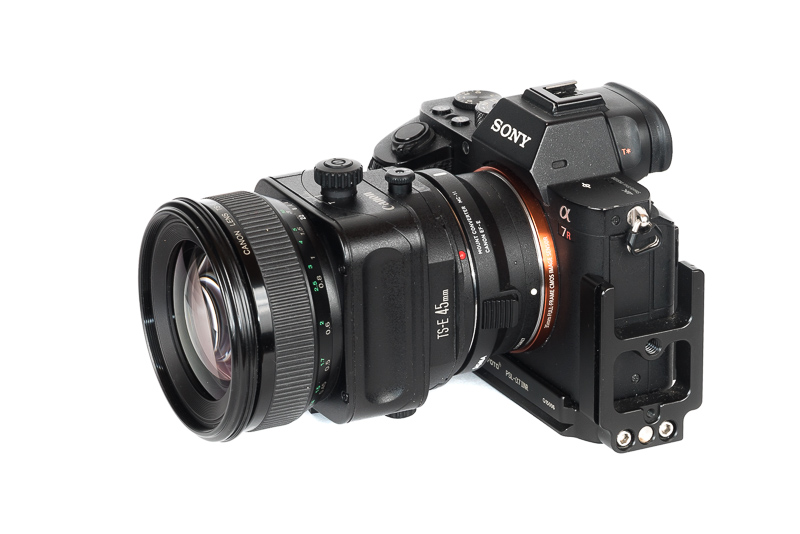
The Canon TS-E 45mm 2.8 hit the market in 1991. It is now one of the cheapest Tilt/Shift lenses you can find, but is there still a place for this lens in today’s world of high resolution sensors? Let uns find out in this review!
Sample Images
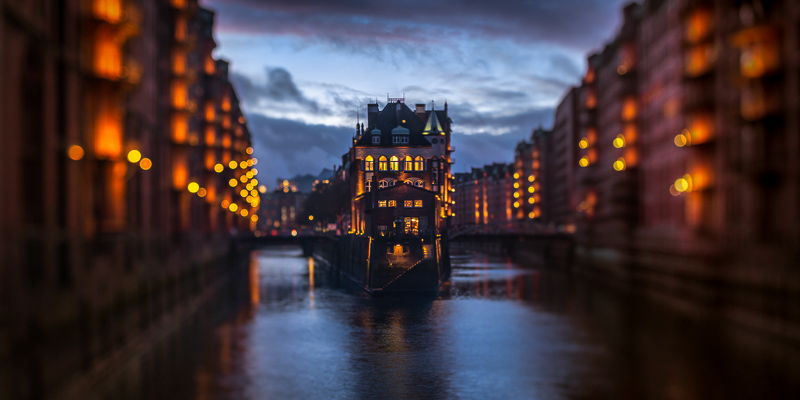
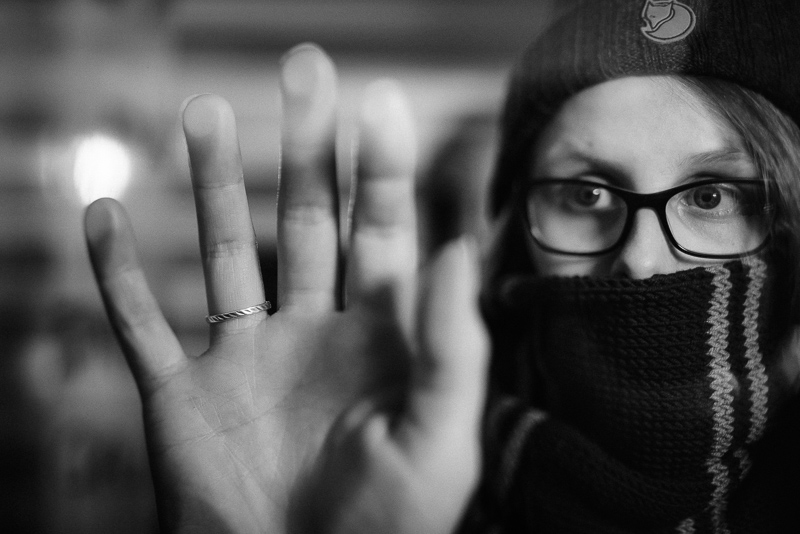
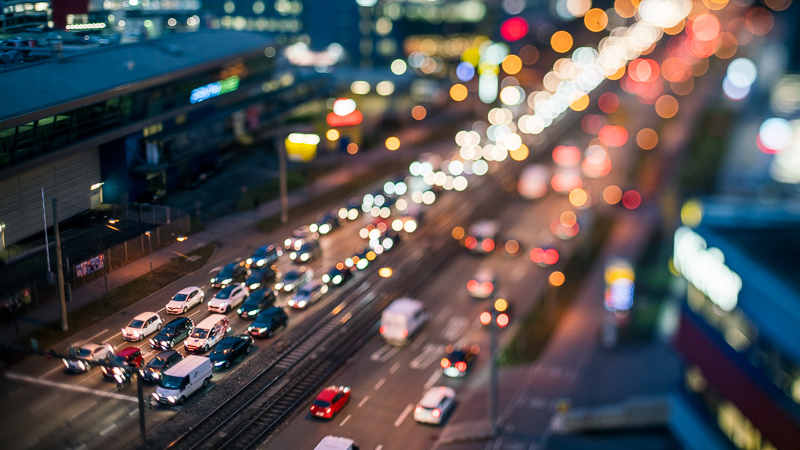
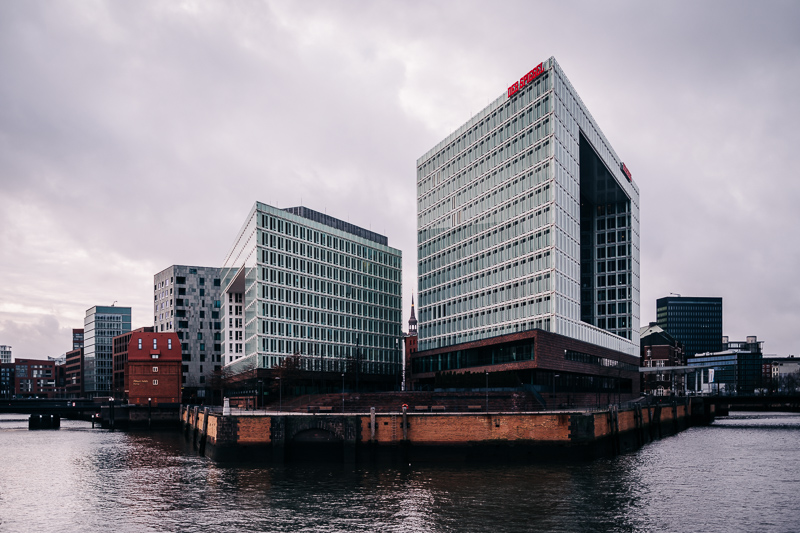
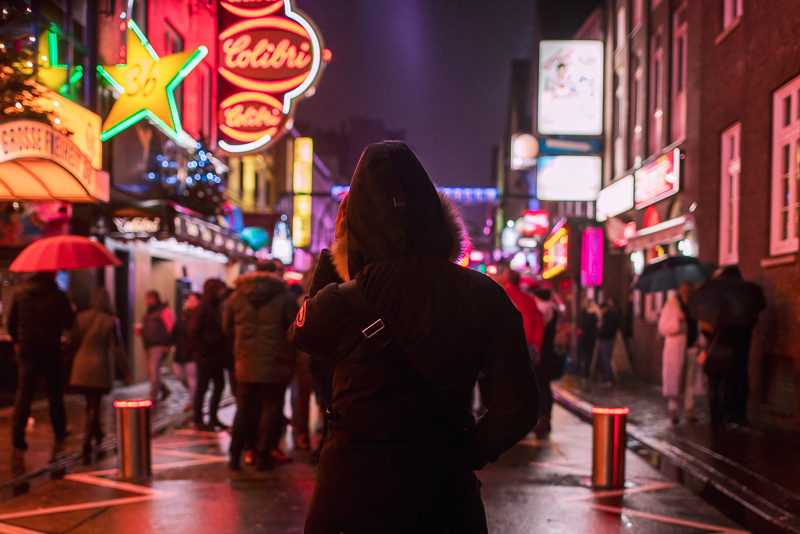
Most of the sample images in this review can be found in full resolution here.
Specifications / Version History
Canon has a bit of a history to never release a T/S lens alone. This 45mm lens was introduced in 1991 alongside the Canon TS-E 24mm 3.5L and the TS-E 90mm 2.8 Macro. It has been replaced by the Canon TS-E 50mm 2.8L Macro in late 2017. The 45mm reviewed here has the following specifications:
-
- Diameter: ~87 mm
- Field of view: 51° (diagonally, unshifted)
- Length: 90 mm (+adapter, without caps)
- Weight: 615g (+adapter, without caps)
- Filter Diameter: 72 mm
- Number of Aperture Blades: 8 (slightly rounded)
- Elements/Groups: 10/9
- Close Focusing Distance: 0.4 m
- Maximum Magnification: 1:6.3 (measured)
- Mount: Canon EF
You may also have a look at the official page.
You can still buy this lens new for $1399 at amazon.com/amazon.de or B&H, but I rather recommend getting a good used one, e.g. from ebay.com/ebay.de, where they can be found starting at $500 (affiliate links)
Handling / Build Quality
Regarding Tilt and Shift and what those can be used for best have a look at my article Working with Tilt/Shift lenses.
Unlike Canon’s never Tilt/Shift lenses the 45mm has only one point of rotation close to the mount. Therefore you cannot easily set any combination of tilt and shift. The lens ships with the tilt and shift being at a 90° angle to each other. With just a screwdriver you can modify it to have tilt and shift in the same axis (which I did).
The focus ring runs smooth and without slack and the resistance is pretty much perfect. I bought this lens used but it looks pretty new, so maybe it gets a bit looser over time.
The focus ring travels ~160° from the minimum focus distance (0.40m) to infinity. This is almost double the throw compared to the TS-E 17mm 4.0L and allows for very precise focusing.
This lens has a hard infinity stop which is perfectly calibrated on my A7rII when using the Sigma MC-11 adapter.
For shift you have a locking knob on one side and an adjustment knob on the opposite side. These can be adjusted if you think they are too loose or too tight. The whole lens can be rotated by 180° and has 30° click stops. When you fully shift your lens in every direction and take a picture at all these settings with a click stop this is the panorama you will get (for portrait orientation I had to move the camera and then I did not go through all settings again, hence the greyed out parts and not perfect overlap):
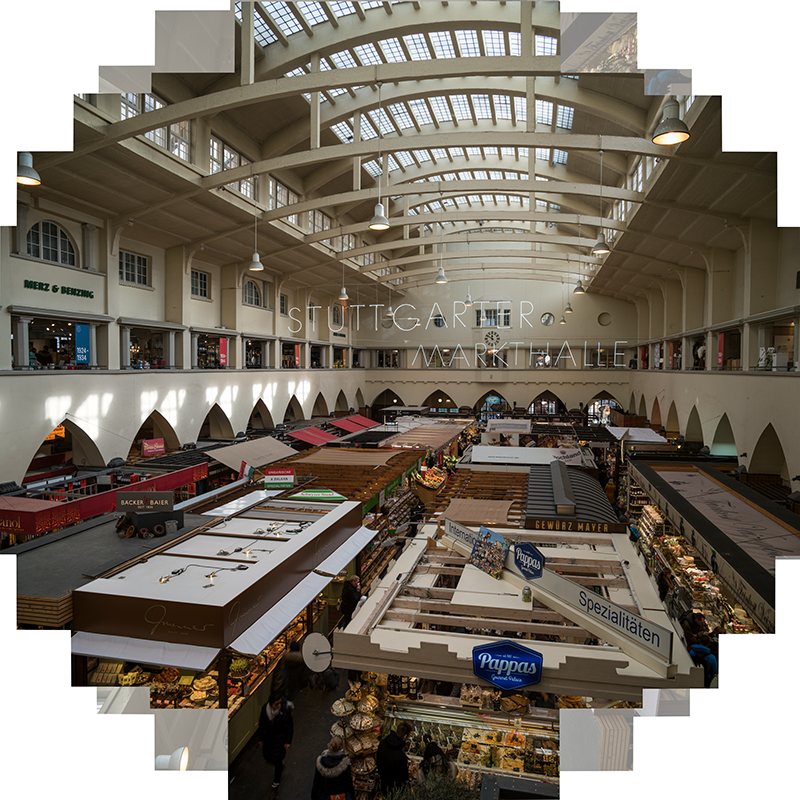
For tilt you have the same two knobs. As said before you cannot independently rotate the tilt part as you can on newer lenses.
Compared to Canon’s newer T/S lenses the size of the knobs is smaller which makes them a bit fiddly to operate.
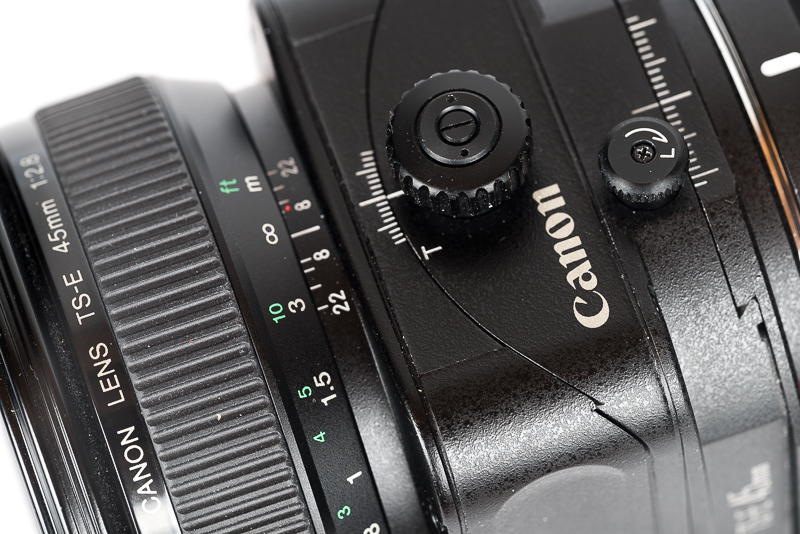
Despite the moderate specifications there is a lot of glass in this lens and therefore it feels very dense and solid. It is made from a mix of metal and high quality polycabonate. The markings seem to be only printed, not engraved (except for the depth of field scale, which is engraved).
There is an official hood available for this lens. I tried it and returned it afterwards as there were no improvements regarding stray light visible when using it.
This lens is an internal focus design so I recommend using the Sigma MC-11 adapter (affiliate link) to get the best performance out of it. The metabones adapters I tried were all too short. Same is true for the Commlite adapter which I was briefly using with this lens. Furthermore the Commlite adapter lead to abyssmal reflections with a point light source near or in the frame.
Vignetting
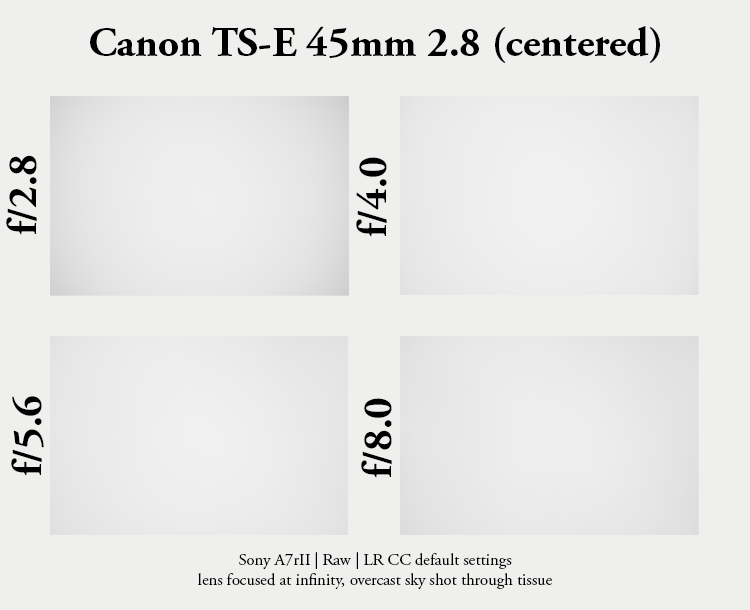
When using the the lens centered (unshifted) you are only using the central part of the lens, so vignetting should not really be an issue. Wide open there is mild vignetting of roughly 1.3 EV, stopped down to f/4.0 this improves to only 0.8 EV and stopped down to f/11 it is still around 0.7 EV.
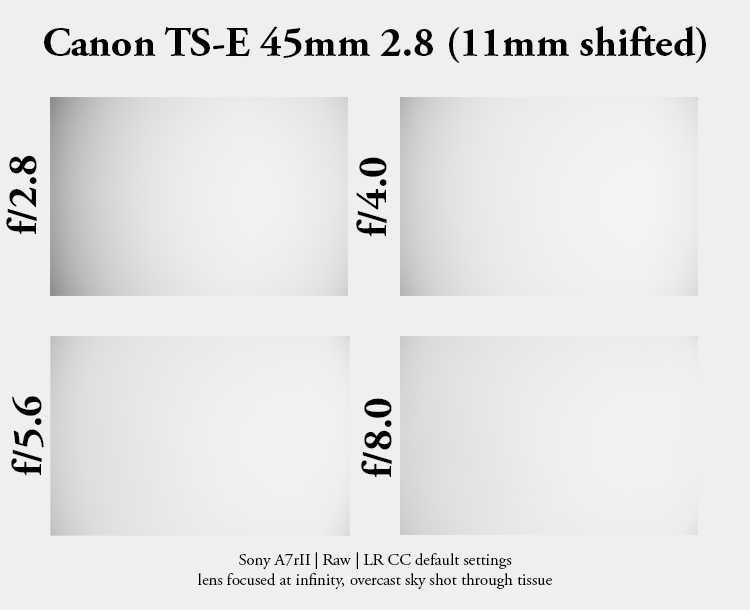
The results in the shifted area are of course quite different. Wide open we are dealing with 2.5 EV in the most extreme corner. Stopped down to f/4.0 this improves to only 1.8 EV and stopped down to f/11 about 1.2 EV remain.
On the right side (which is in the actual center of the lens) you can also see very slight vignetting, it seems some internal parts are blocking the light a bit (I was using the lens with tilt and shift set in the same direction, what might made the situation worse).
If you want to correct the uneven vignetting I can recommend using gradients in Lightroom.
Sharpness
infinity
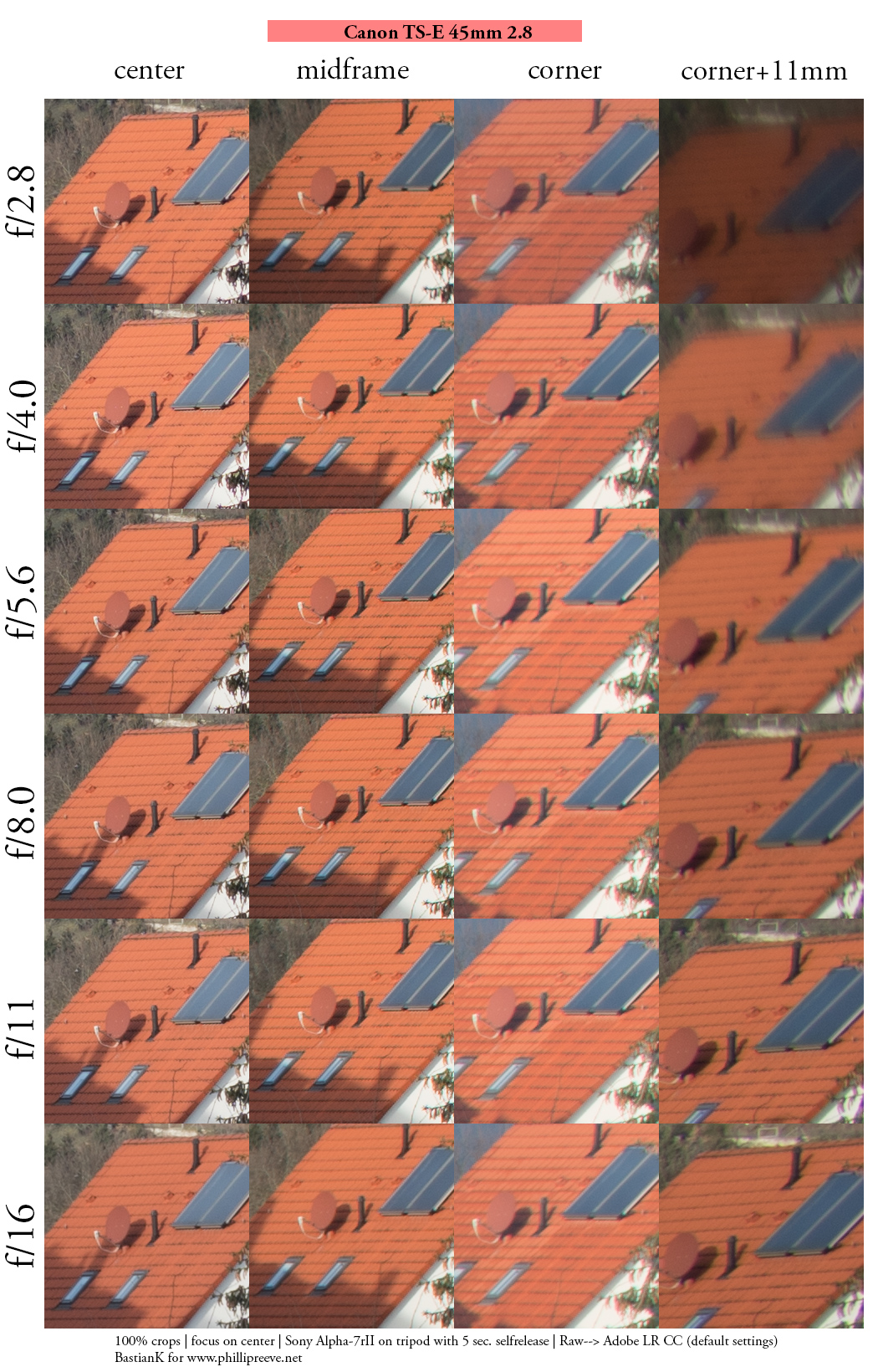
In the center and midframe the resolution at infinity is really good from the start. The unshifted corners follow a bit behind as there is a dip in performance in this area (which is also visible in the mtf of this lens).
The shifted corners really need f/11, but then they are actually pretty decent.
Considering the rather negative reports I head about this lens this is better than what I expected.
Due to the ability to rotate the lens you don’t have just 4 extreme corners but an infinite amount. I am showing you the results of the best corner here. Considering all the moving parts of T/S lenses and the additional tolerances from lens, adapter and camera I doubt one can find a 100% perfectly centered T/S lens.
close (0.4 m, 1:6.3)
100% crops from center, A7rII
I was surprised to see the performance at the minimum focus distance. Already wide open the resolution is pretty good and what is even more surprising: it has a very flat field even in the extended image circle when shifted.
100% crops from border fully shifted, A7rII
Flare resistance
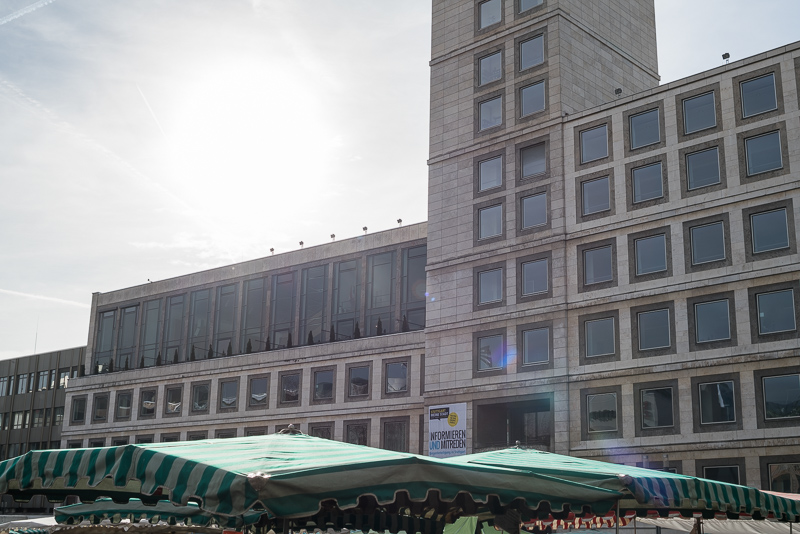
In very demanding scenes you will most certainly find some ghosts here and there in your pictures. In many cases contrast takes a little hit, too. It is not a bad performance but a modern lens with these parameters would perform better.
I briefly tried using this lens with a Commlite instead of Sigma MC-11 adapter, this lead to abyssmal performance in this category. Stay away from that cheap adapter.
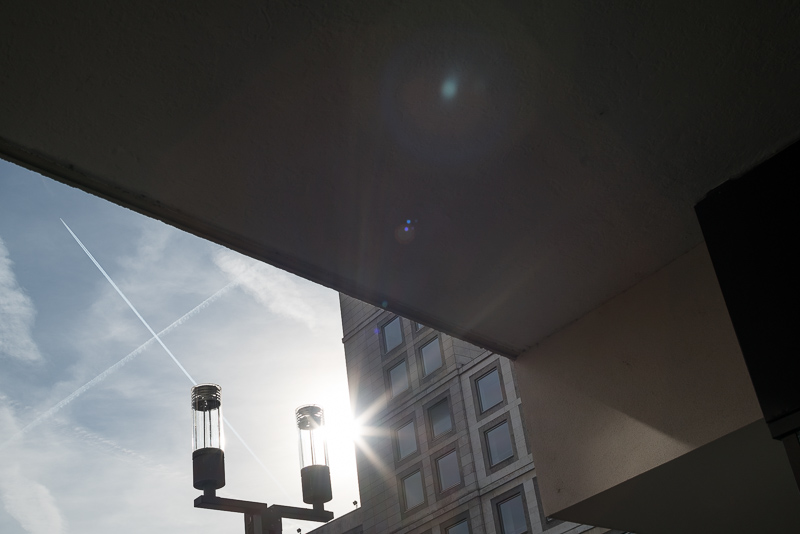
Coma
As we have already seen in the sharpness section the corners are not exactly great wide open, even unshifted. It certainly gets usable at f/4.0 but best performance is achieved between f/8.0 and f/11.
Things are getting worse in the extreme corners when fully shifted. At the maximum aperture things look really bad and f/4.0 isn’t much better. Stopping down to f/5.6 gives acceptable performance, stopped down to f/11 the performance is quite okay actually.
Distortion
With T/S lenses distortion is pretty hard to correct. The TS-E 45mm 2.8 only shows minor barrel distortion that will be unnoticeable in most shots. But mind you, it is not zero, so in critical cases you might have to use the warp function in Photoshop to fully correct it or try this method.
Bokeh
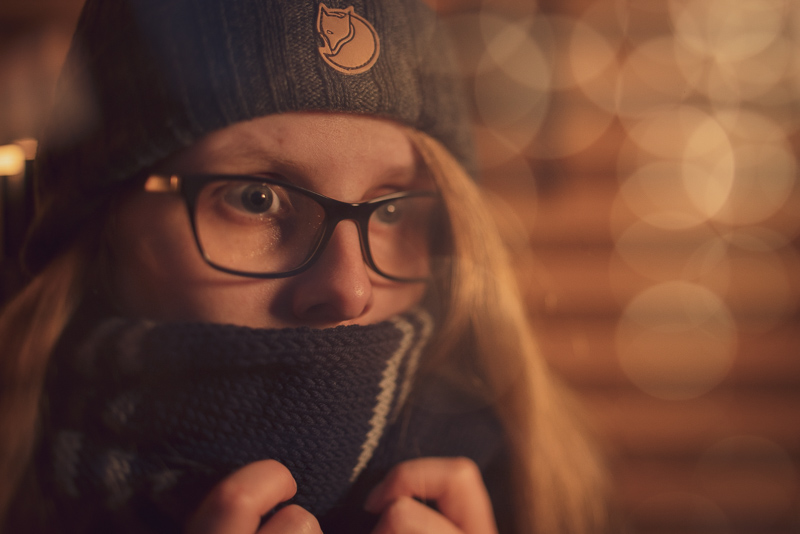
Considering we have lenses like the Voigtlander 40mm 1.2 and the Mitakon 50mm 0.95 a maximum aperture of f/2.8 at 45mm doesn’t sound too exciting when it comes to bokeh. This is until you take the tilt function into account.
But first we need to understand that when we tilt the lens there will be a part in focus and then – depending on which direction you tilt the lens – some parts will show the backgroud bokeh or the foreground bokeh.
As you can see in the following two pictures the background bokeh (1st shot) is much nicer than the foreground bokeh (2nd shot).
And the background bokeh is actually pretty nice: no onion rings or outlining and overall very smooth. By using tilt you can even get a significantly higher amount of bokeh compared to much faster lenses, especially at longer distances:
But again you can see in this shot that the right hand side of the bokeh is pretty nice (background bokeh), while the left hand side is not so nice (foreground bokeh). You can also see a line in focus running through the buildings.
To overcome this you can combine two shots (one tilted left and one tilted right) to have the nicer bokeh on both sides, more on this topic in my Working with Tilt/Shift lenses article.
You can get pretty stunning results, but it takes a lot of patience and practice.
Sunstars
While you can clearly see some spherical aberration wide open the 8 aperture blades yield nicely pointed 8-stroke sunstars between f/4.0 and f/22. If you want to know more about sunstar rendering of different lenses have a look at this article.
100% crops from center, A7rII
Chromatic aberration
lateral
100% crops from 11mm shifted extreme border, A7rII, f/5.6
This lens has rather strong lateral CA in the shifted areas. Still Lightroom is doing a good job and the auto correction works pretty well.
longitudinal
50% crops from center, A7rII
Wide open there are longitudinal CA (magenta in front of and green behind the focal plane) visible. They go away almost completely on stopping down to f/4.0. There is also no focus shift noticeable with this lens.
We see similar behaviour when it comes to purple fringing around highlights. Stopping down to f/4.0 yields a significant improvement:
50% crops from center, A7rII
Alternatives
Canon TS-E 50mm 2.8L Macro:
This is the lens that replaced the TS-E 45mm 2.8. Without question this lens is superior in terms of image quality: resolution, contrast, flare resistance, CA correction, you name it.
But it is also a bit bigger and significantly more expensive.
If you want the best ~50mm T/S lens that money can buy this is it.
buy from ebay.com / amazon.com / B&H (affiliate links)
Canon TS 35mm 2.8 FD:
This is a bit wider and a decade older. I expect it to be a bit worse optically and the used price is about the same. I have no personal experience with this but I am not sure it is a great choice as of today.
buy on ebay.com (affiliate link)
Nikon PC-E 45mm 2.8D ED N:
This is a bit younger so might be a bit better in terms of optics and especially flare resistance. Problem is that you need an adapter to control the electronic aperture mechanism and one reader told me the PC-E lenses don’t work too well with that one Commlite adapter that is ought to be able to control the electronic aperture. Therefore not a good choice on a Sony camera.
buy from ebay.com / amazon.com / B&H (affiliate links)
Hartblei 40mm 4.0 and Schneider PC TS Super Angulon 50mm 2.8:
I know too little about these lenses, but considering their size and price I don’t actually consider them being alternatives to be honest.
Conclusion
good
|
average
|
not good
|
There is not that much information on this lens to be found online so I wasn’t entirely sure what to expect, especially taking into account the lens was released in 1991, almost 3 decades ago.
Generally I have the feeling the wider T/S lenses are attracting more people nowadays. With the wide focal lengths shift really makes a difference for correcting the perspective (this is also why I bought the Canon TS-E 17mm 4.0L for architecture shooting).
The longer ones in the 85-90mm realm are often used in product photography.
The 45-50mm range is probably a bit of an oddball here: for architecture often a bit too long, for product photography a bit too short.
Furthermore we have many many competing lenses in this focal length range. Significantly cheaper ones, significantly faster ones, true 1:1 macro lenses.
Personally I consider the TS-E 45mm 2.8 a nice addition to the Canon TS-E 17mm 4.0L for architecture shooting. Stopped down to f/11 the performance is definitely good enough, even shifted on 42mp. And by using these two lenses I have the same workflow from taking pictures to post processing, which saves me lots of time.
I was also using tilt quite a bit with this lens (not so much with the 17mm). This can yield interesting and visually striking results, but it takes practice, patience and care. Too many images with tilt simply look odd and unpleasing.
If you want to try out a tilt/shift lens I still think this one is a good start. Buy a decent used one, see if you like it and if you don’t just sell it with little to no loss.
You can still buy this lens new for $1399 at amazon.com/amazon.de or B&H, but I rather recommend getting a good used one, e.g. from ebay.com/ebay.de, where they can be found starting at $500 (affiliate links)
Sample Images
Shift
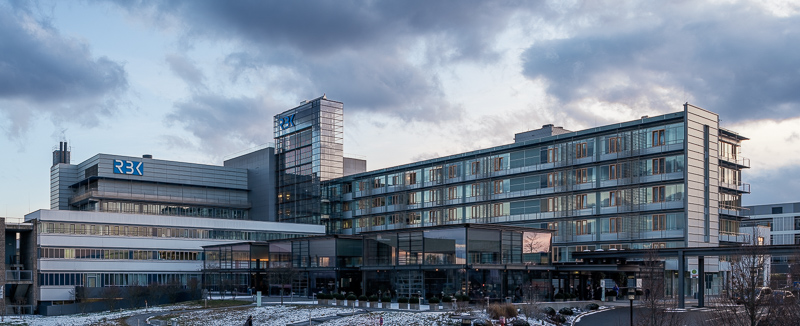
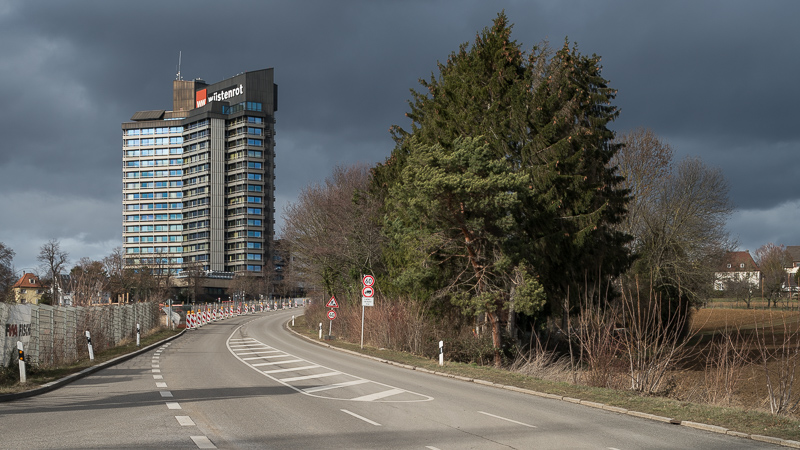
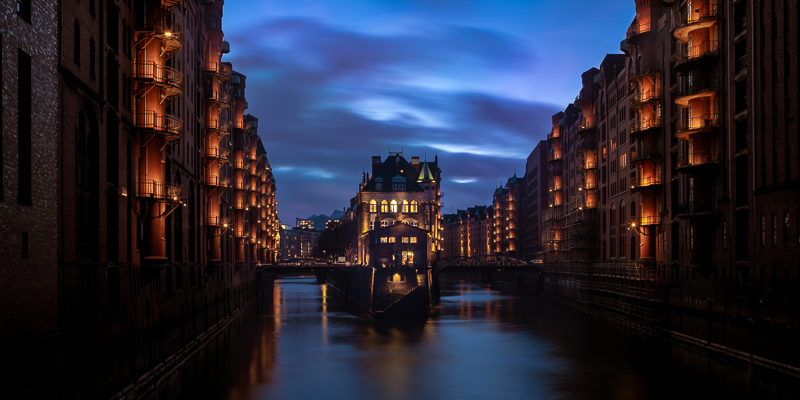
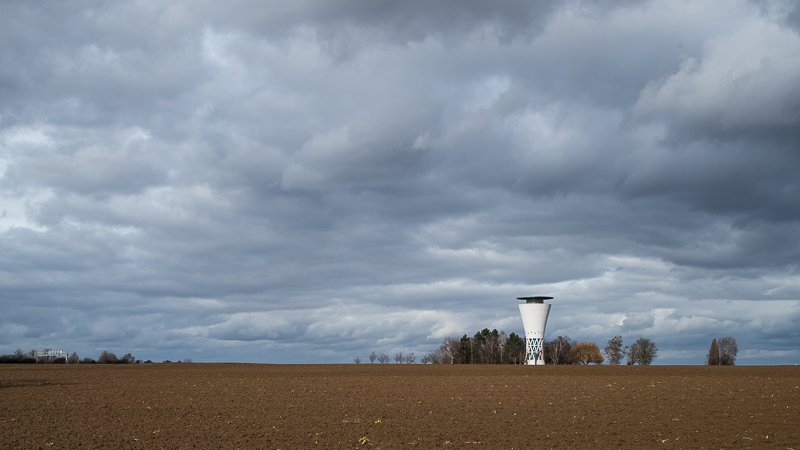
Tilt
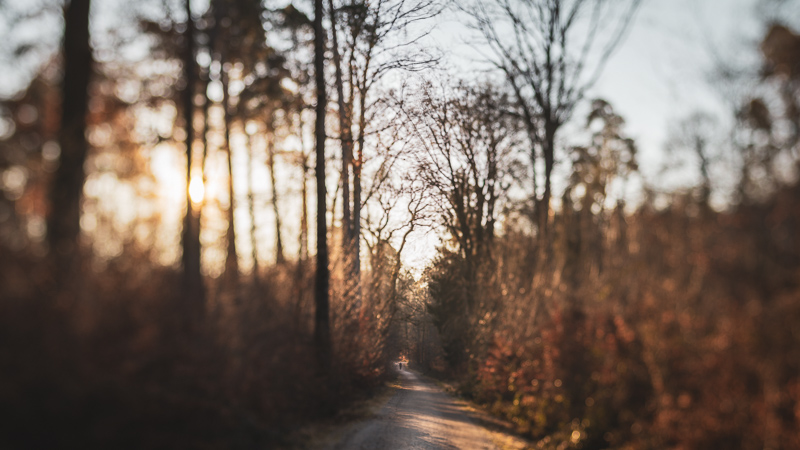
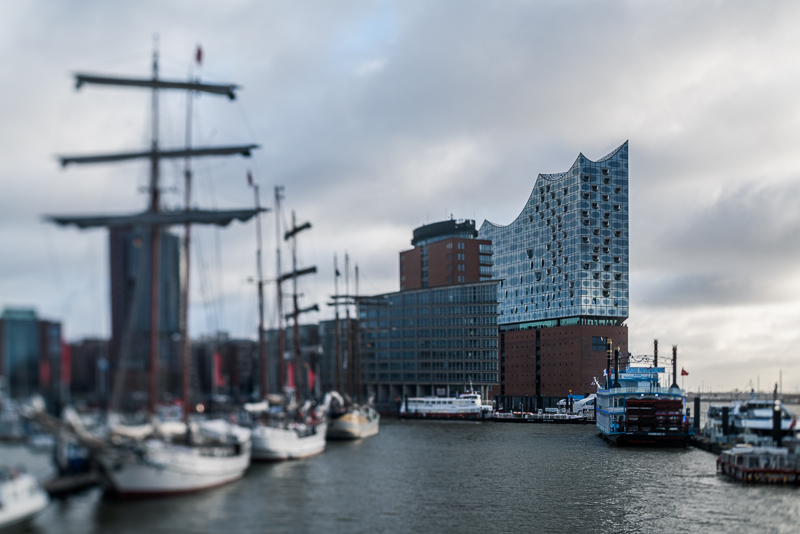
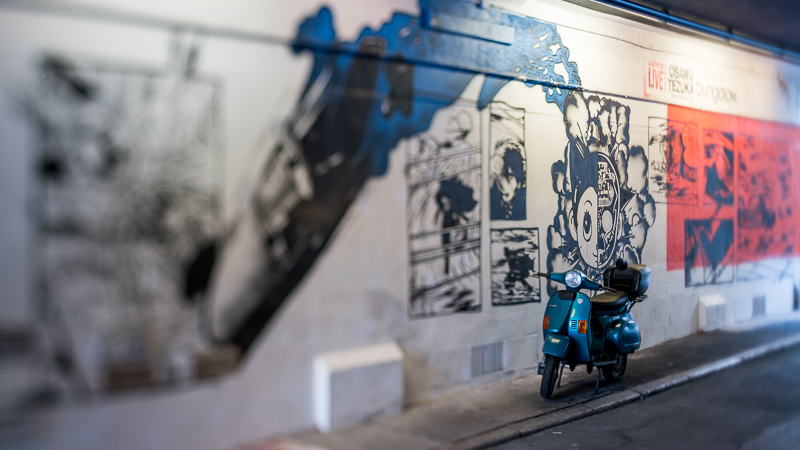
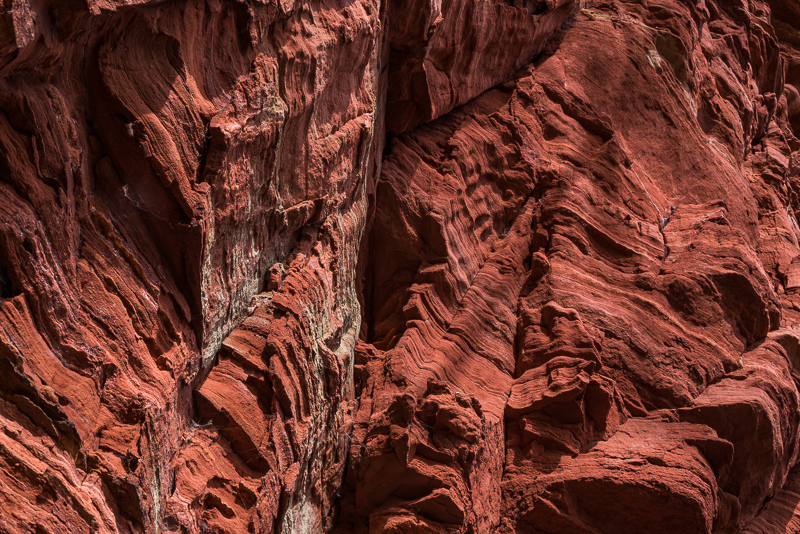
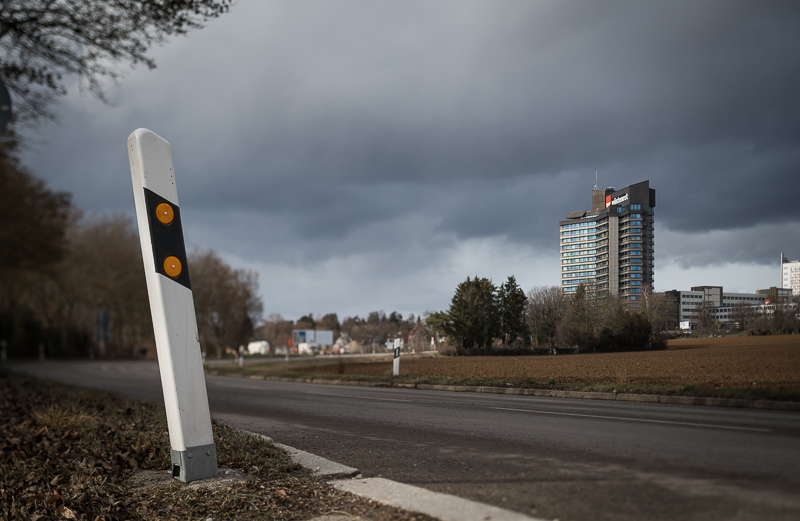
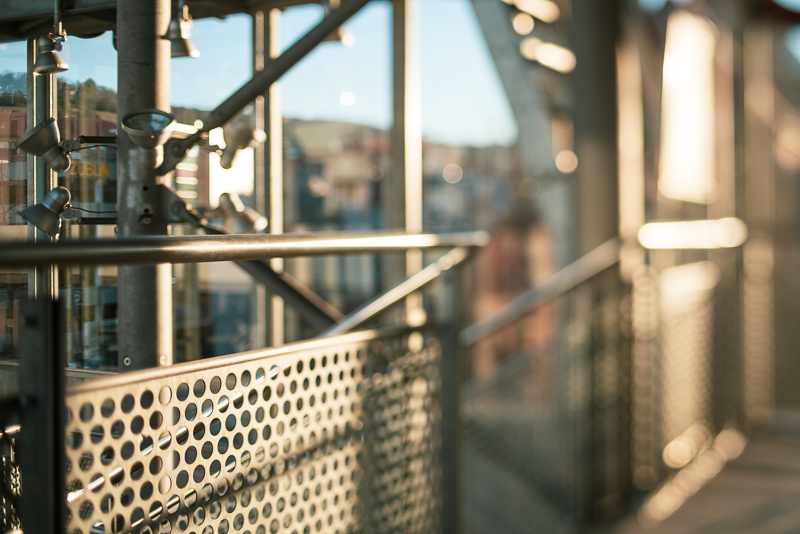
Most of the sample images in this review can be found in full resolution here.
Further Reading
- Sony FE lenses: Our comprehensive and independent guide
- Tripods for mirrorless cameras
- Review: Sony FE 85mm 1.4 GM
- Review: Voigtlander VM 50mm 1.2 Nokton
Support Us
Did you find this article useful or just liked reading it? Treat us to a coffee!
![]()
![]()
![]() via Paypal
via Paypal
This site contains affiliate links. If you make a purchase using any of the links marked as affiliate links, I may receive a small commission at no additional cost to you. This helps support the creation of future content.
Latest posts by BastianK (see all)
- Review: Nikon 50mm 1.8 Series E - November 12, 2025
- Review: Nikon AF-S 28mm 1.4 E - November 5, 2025
- Review: Sigma 135mm 1.4 Art DG – The actual Bokeh Master - October 25, 2025
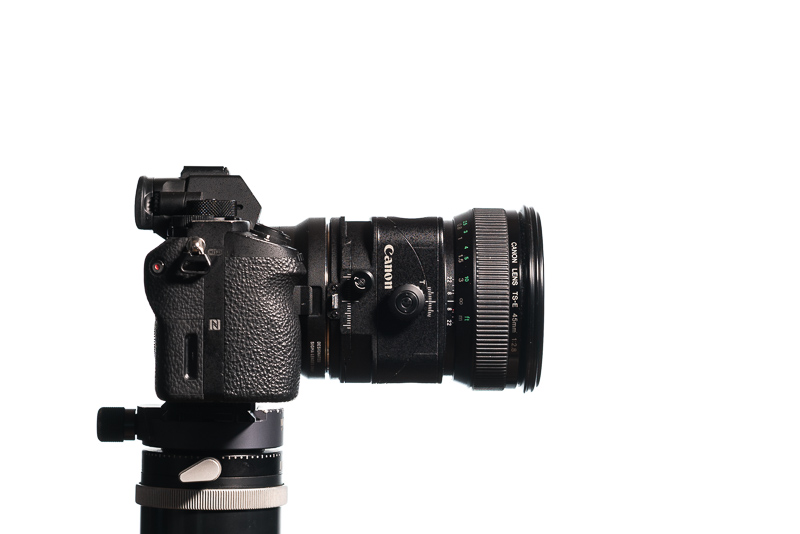

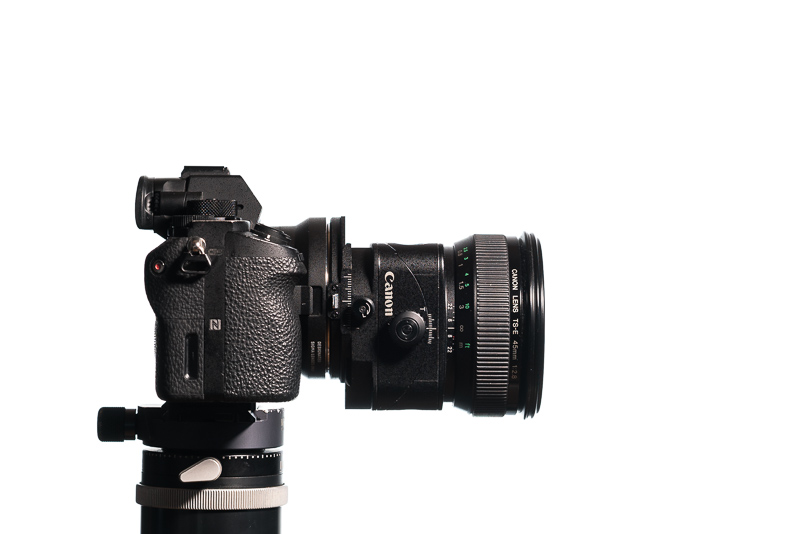
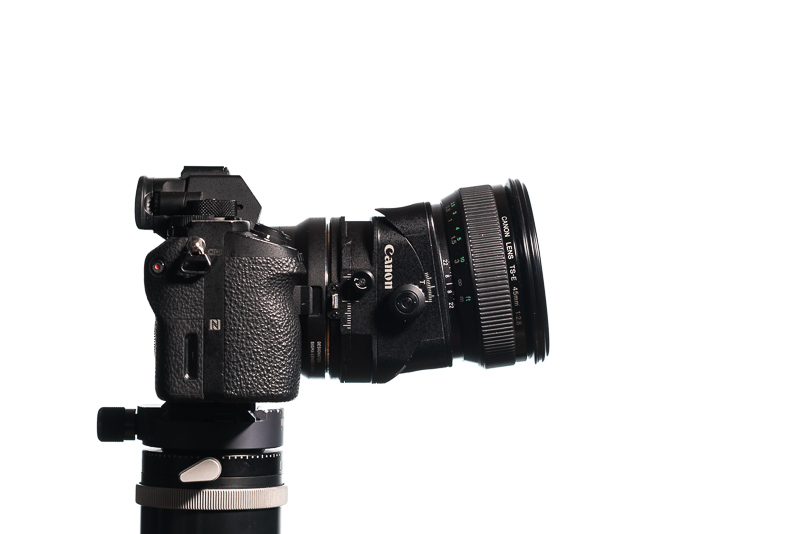

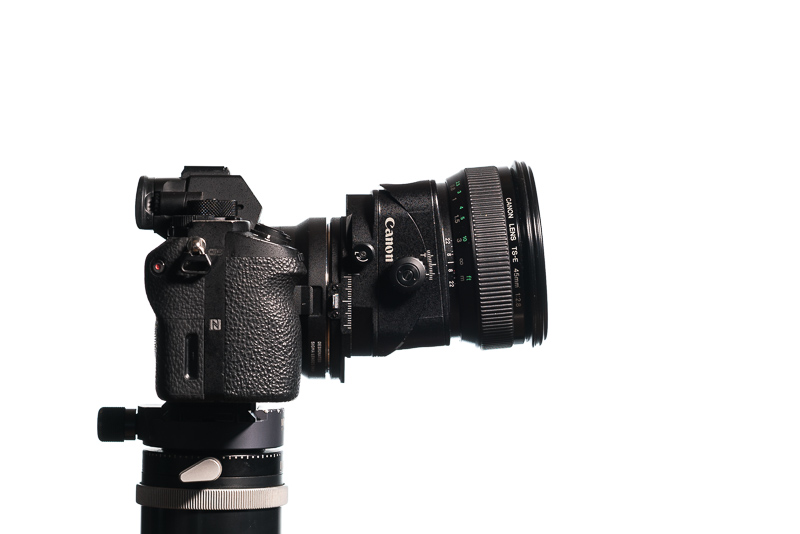
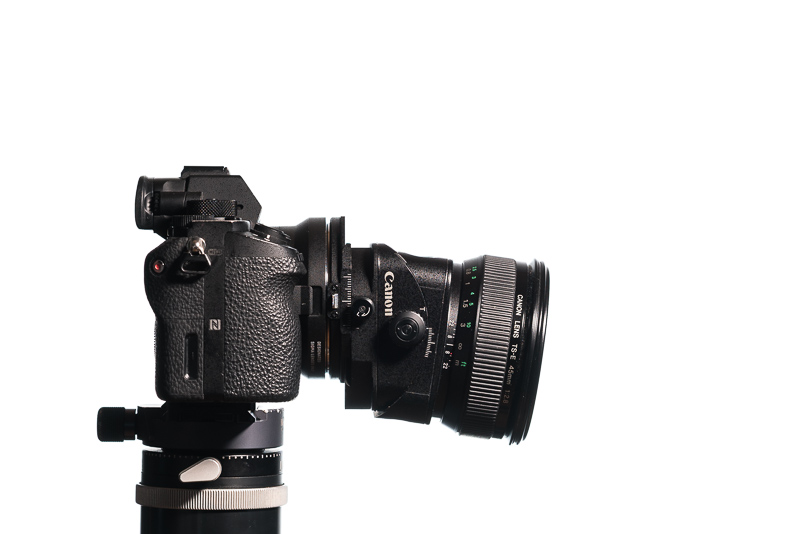
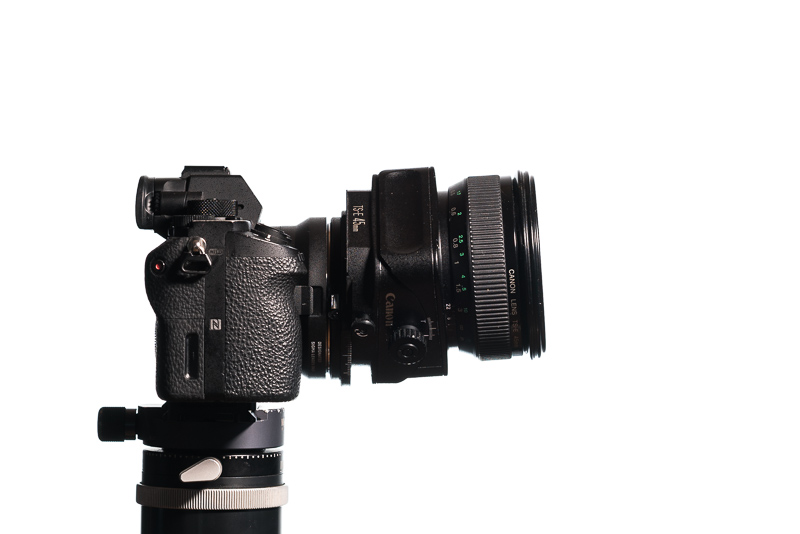
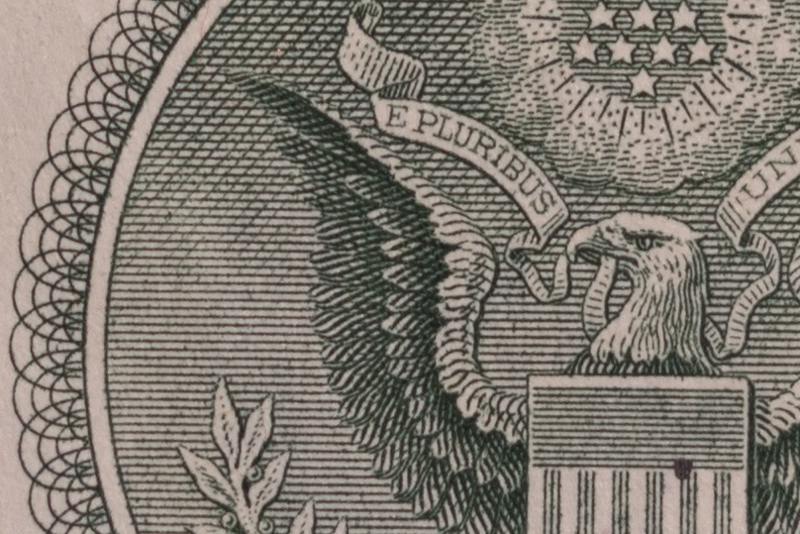
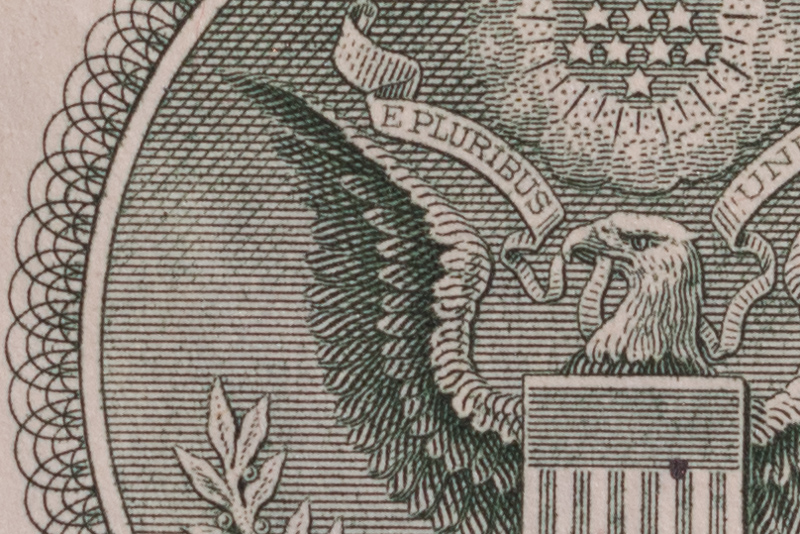
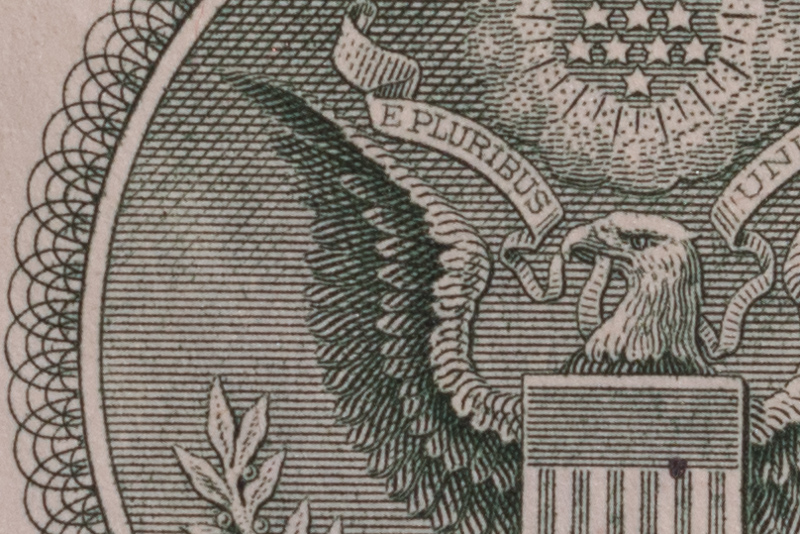
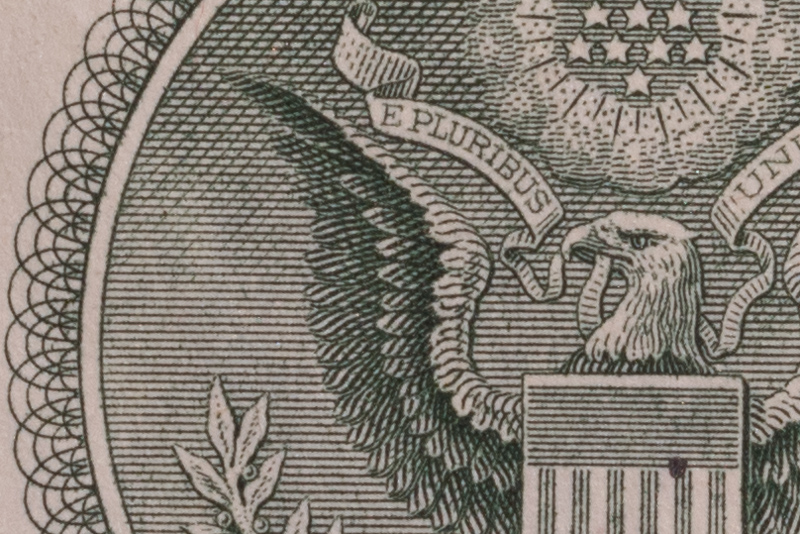
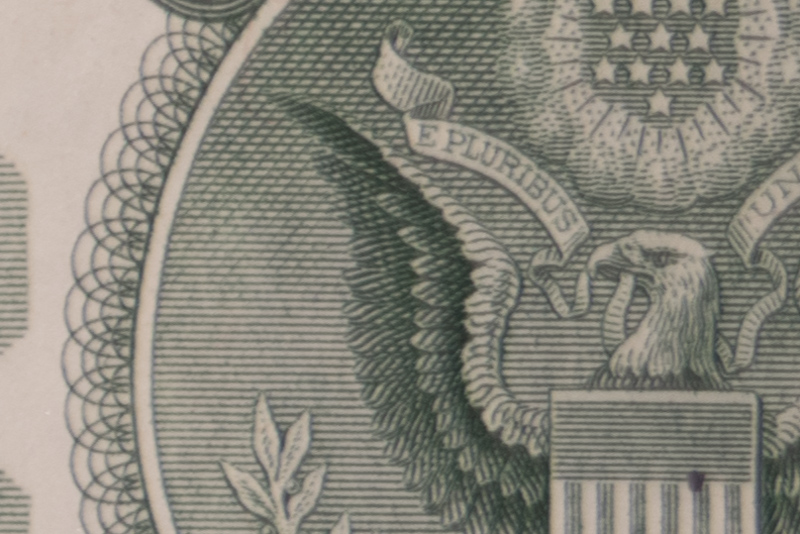
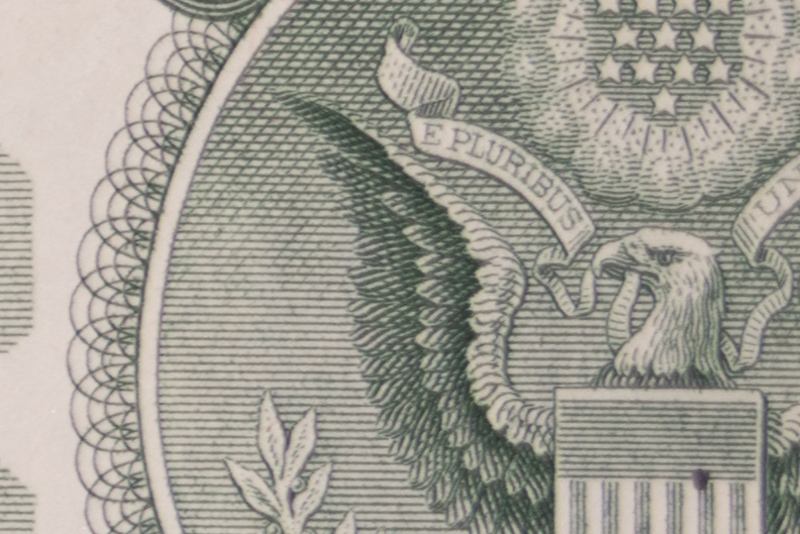
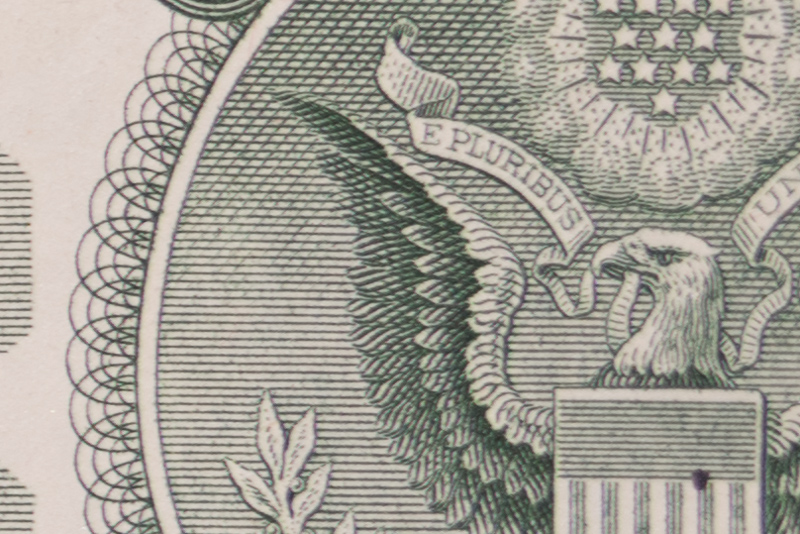
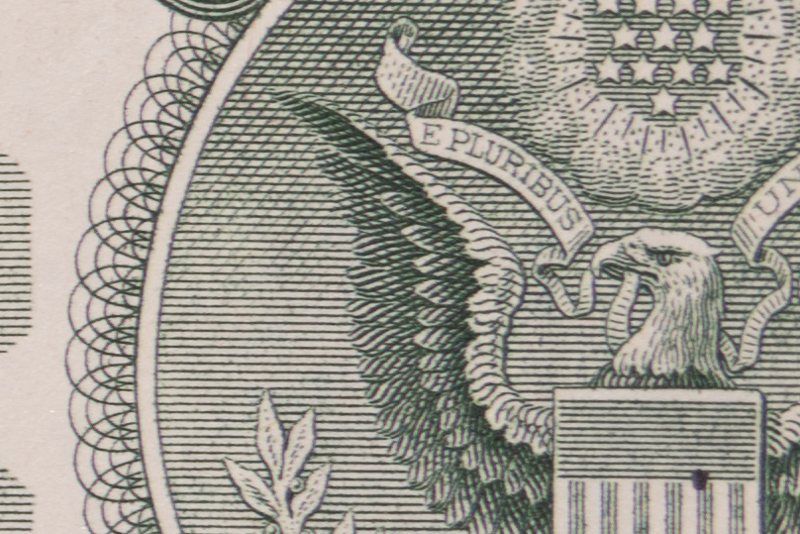
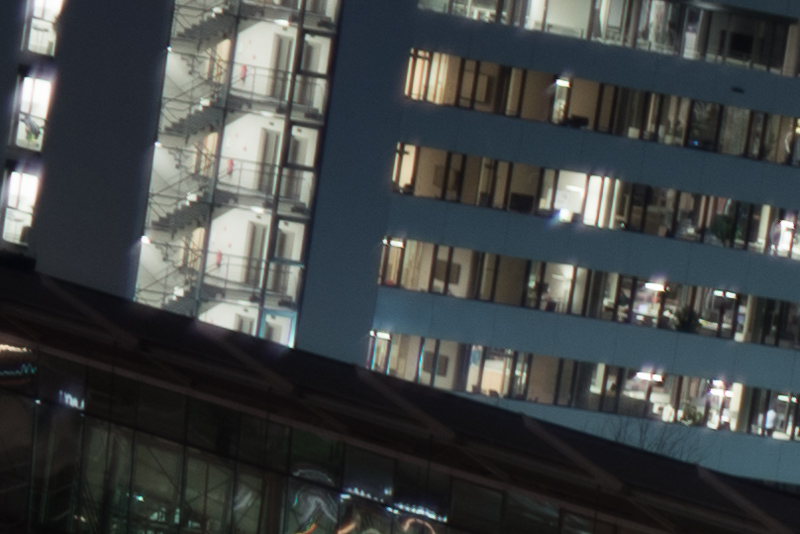
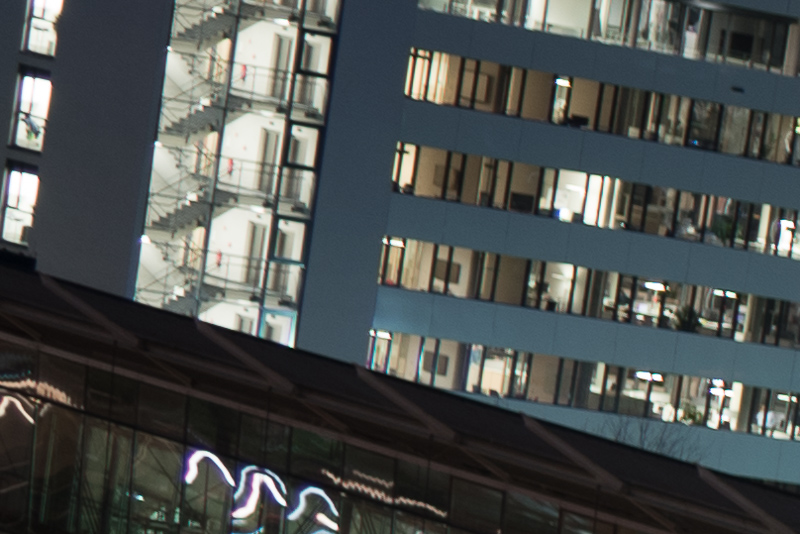
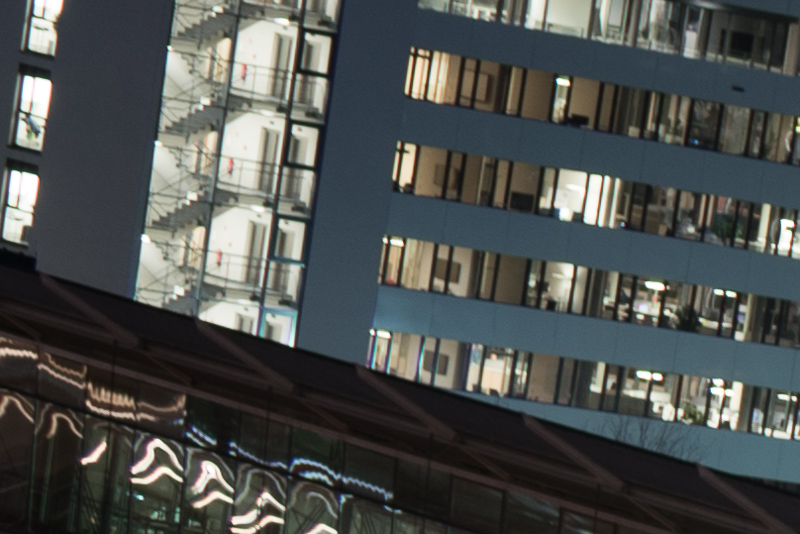
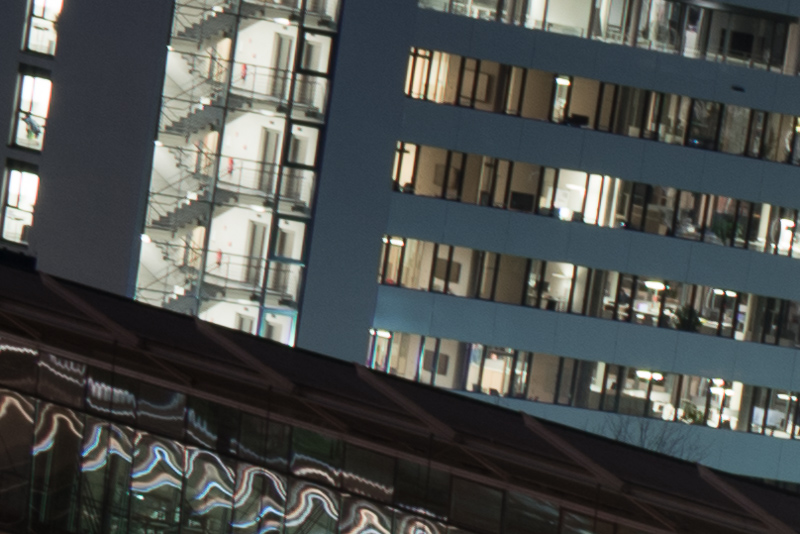
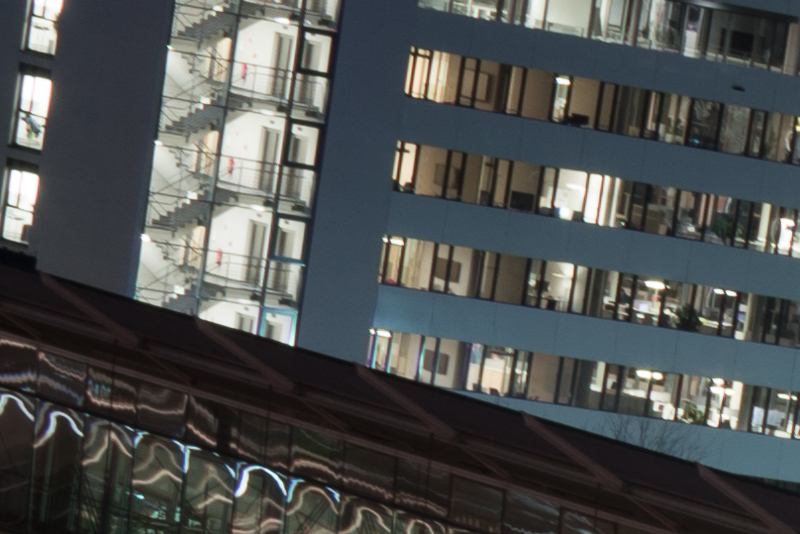
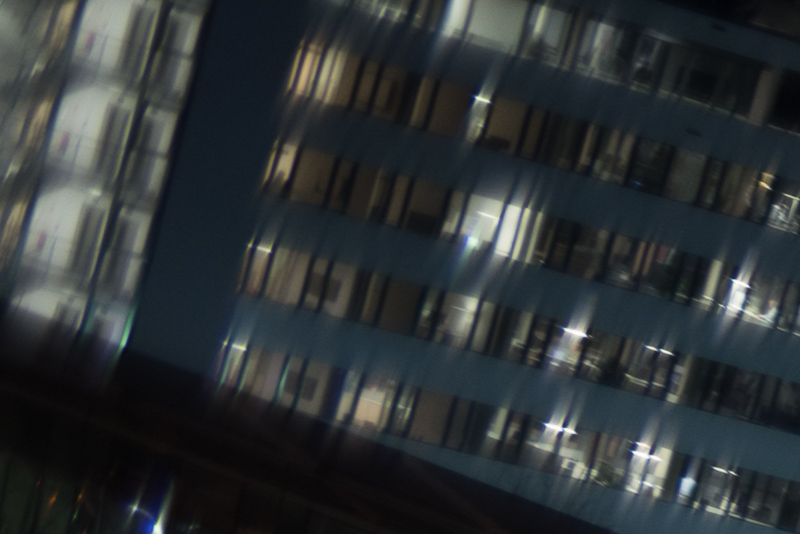
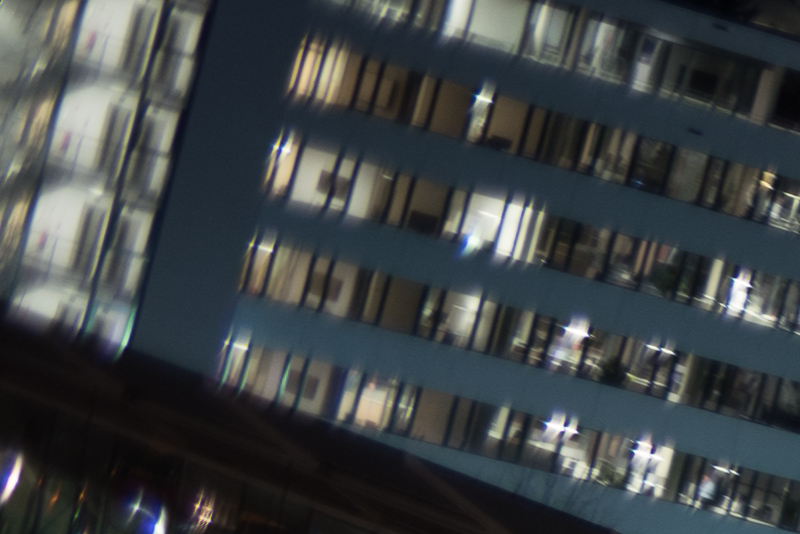

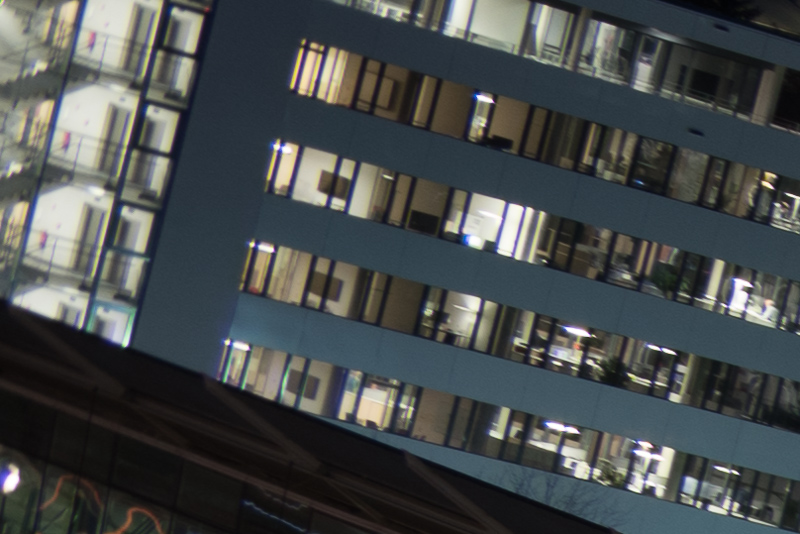
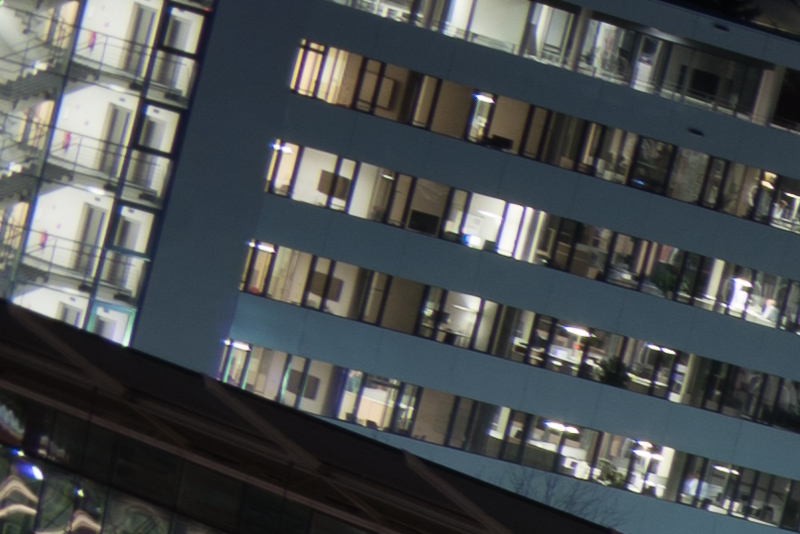
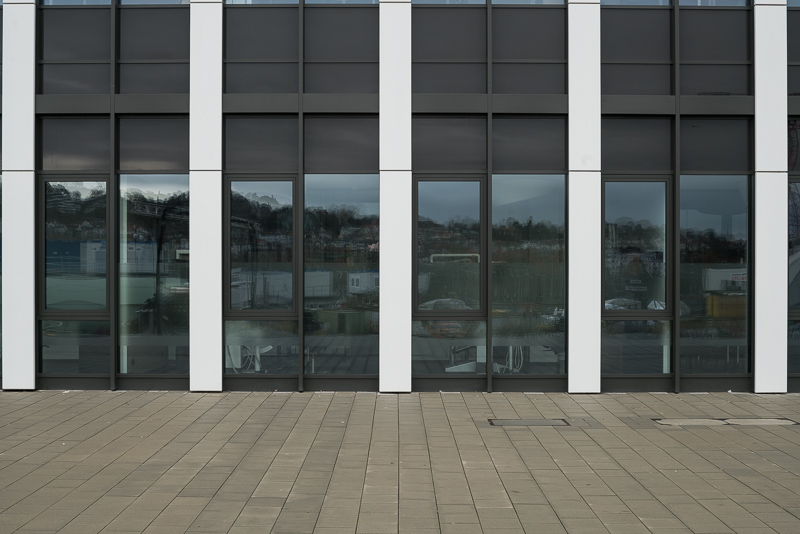
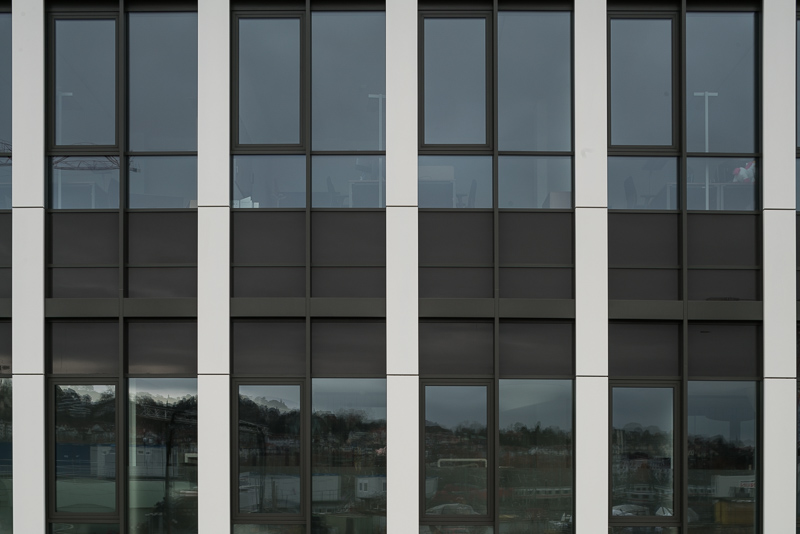
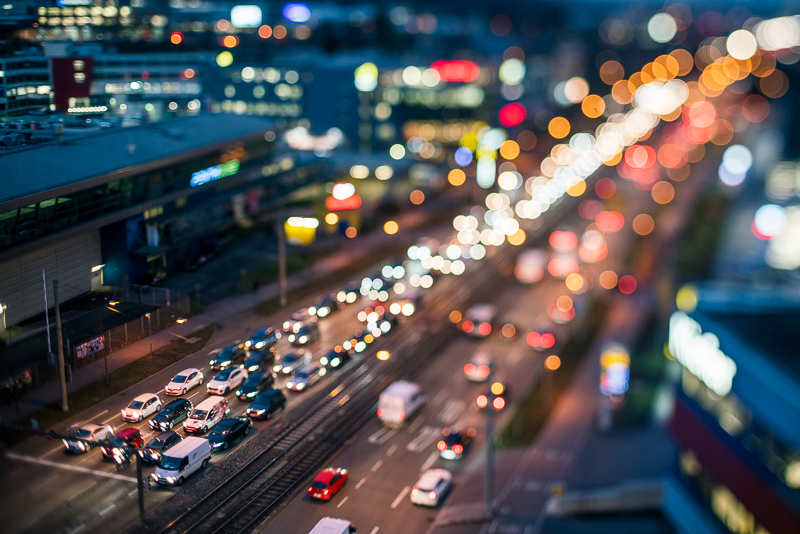
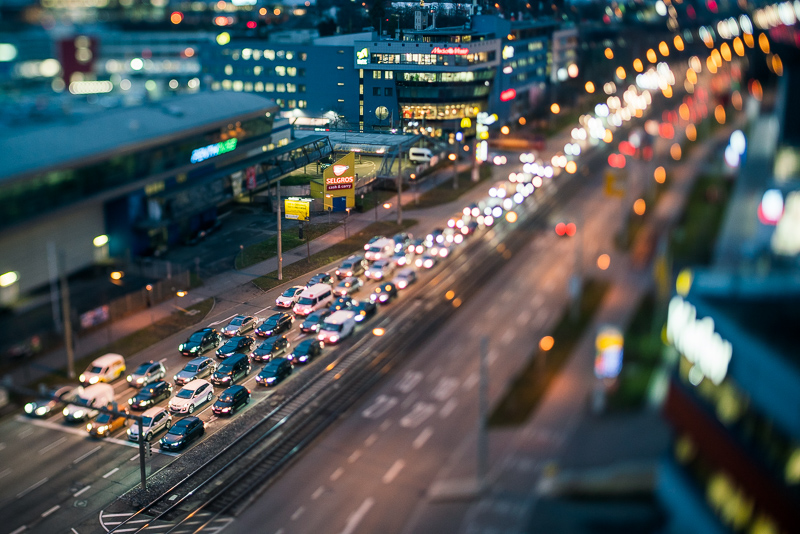
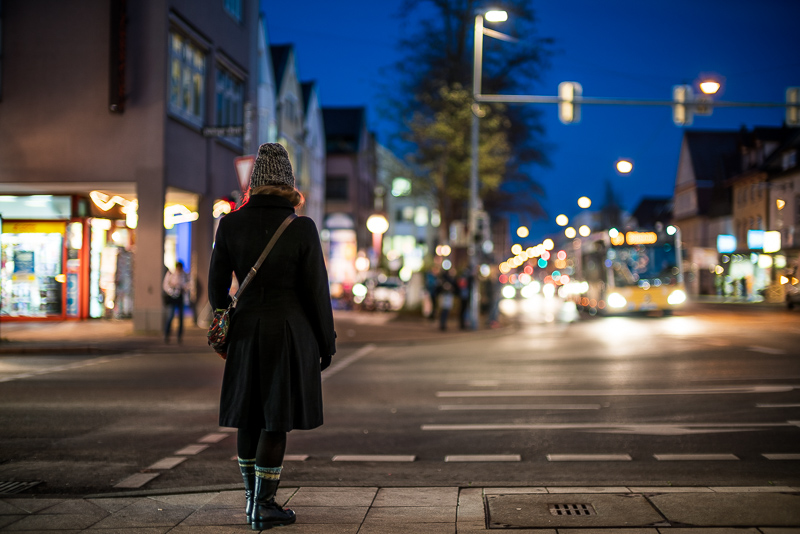
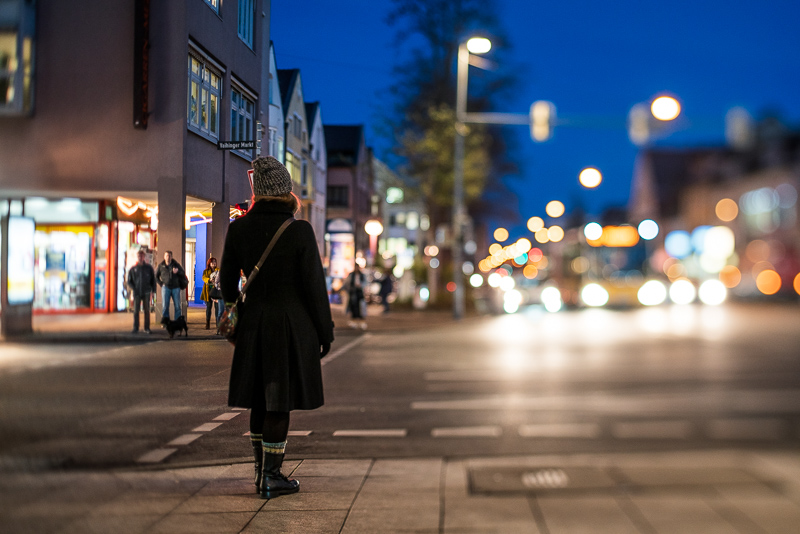
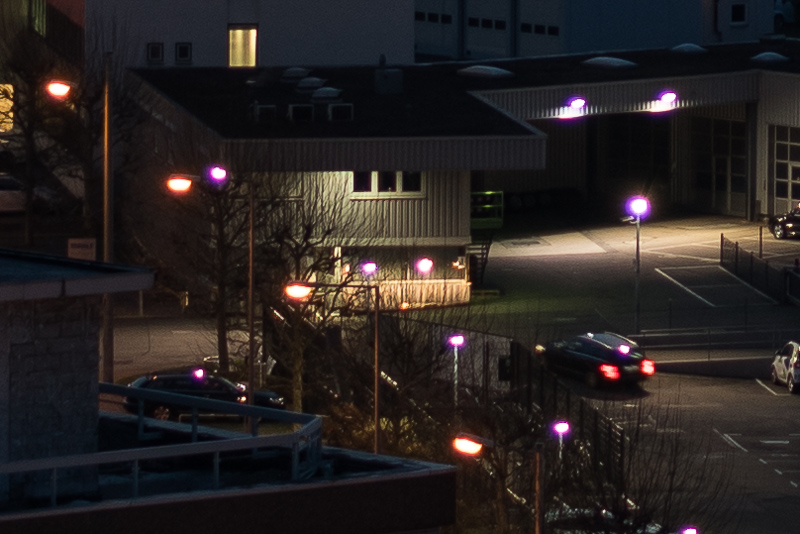
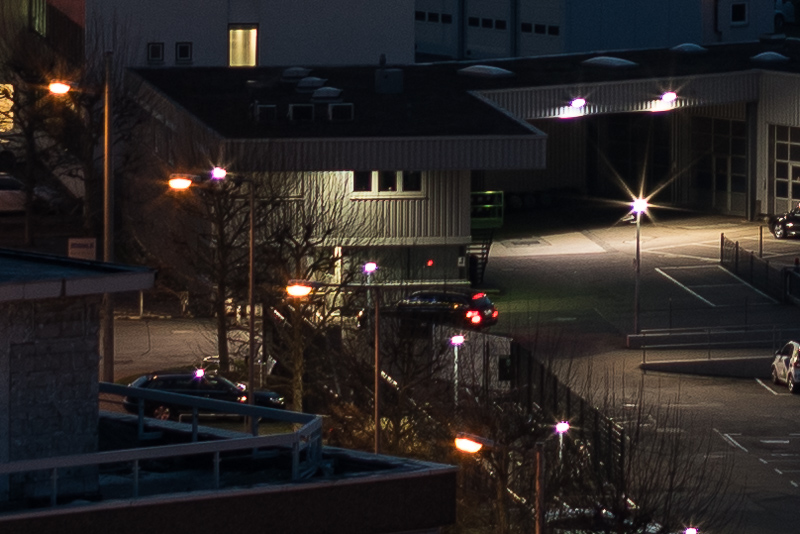
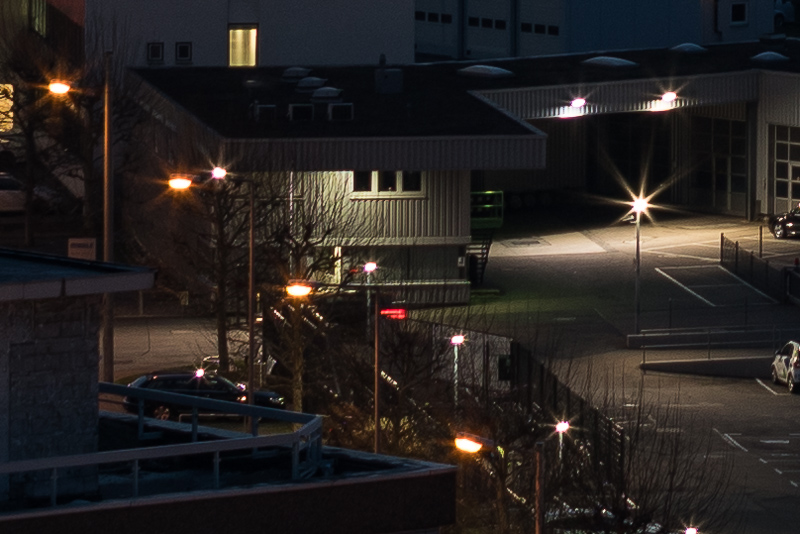
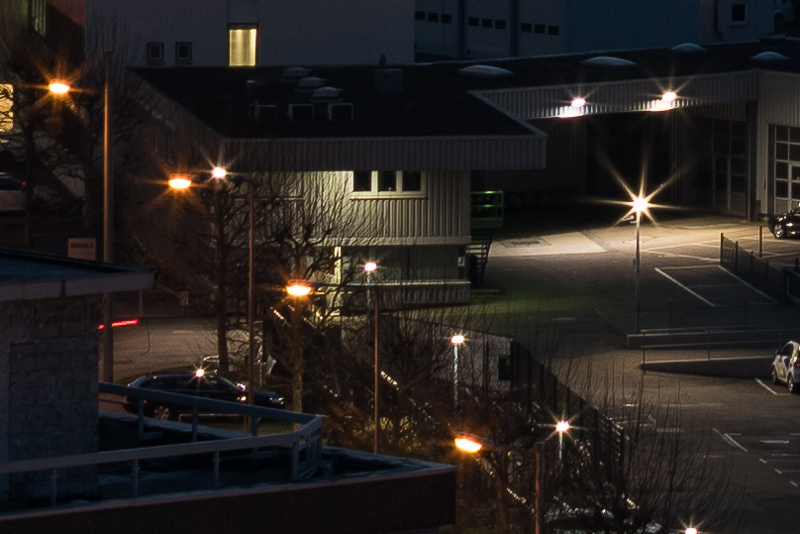
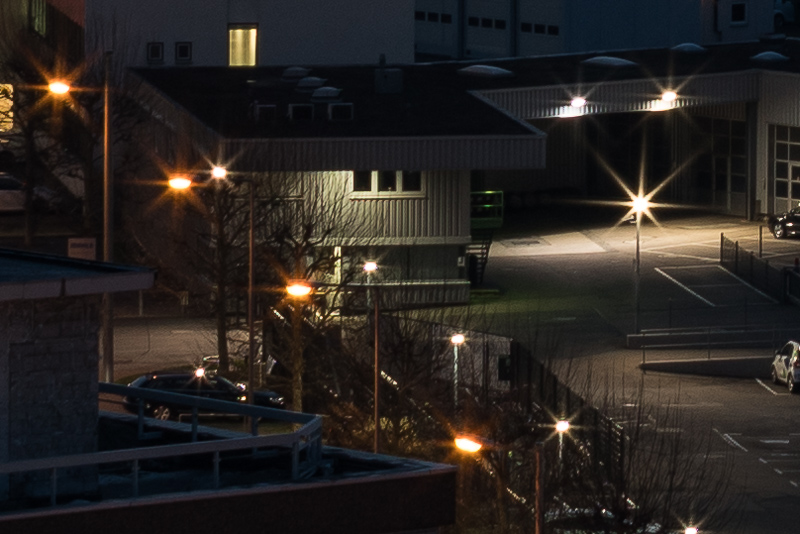
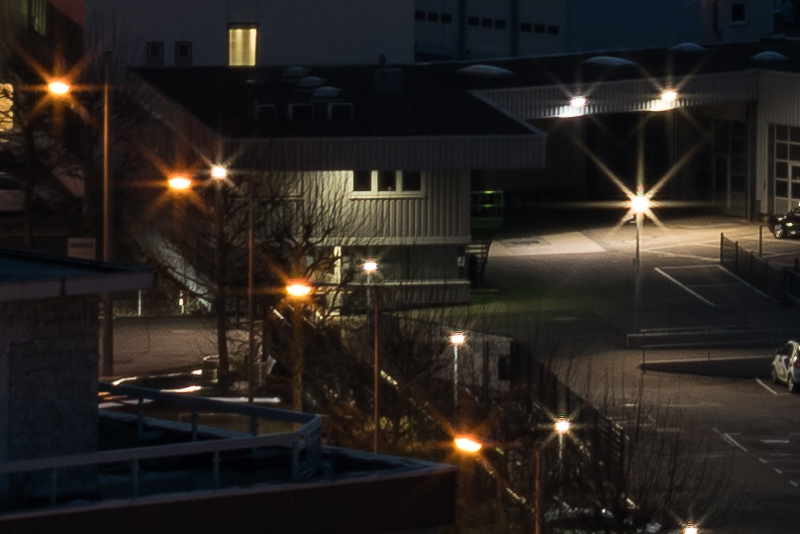




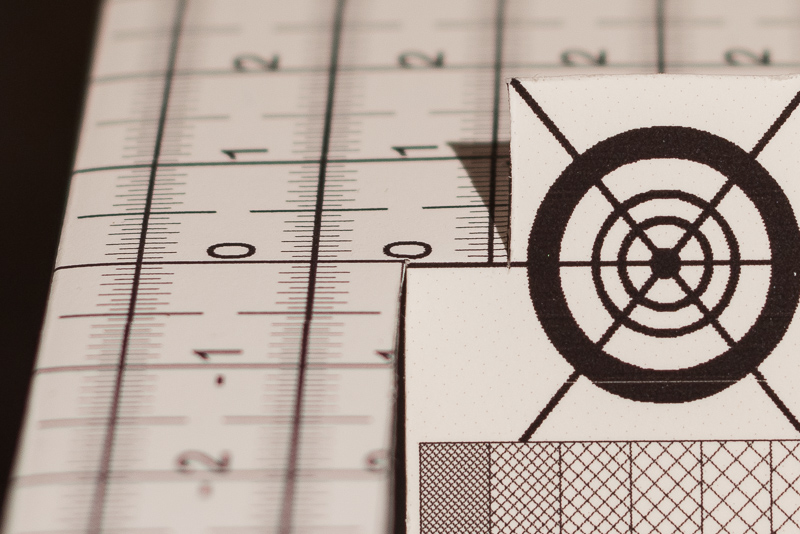
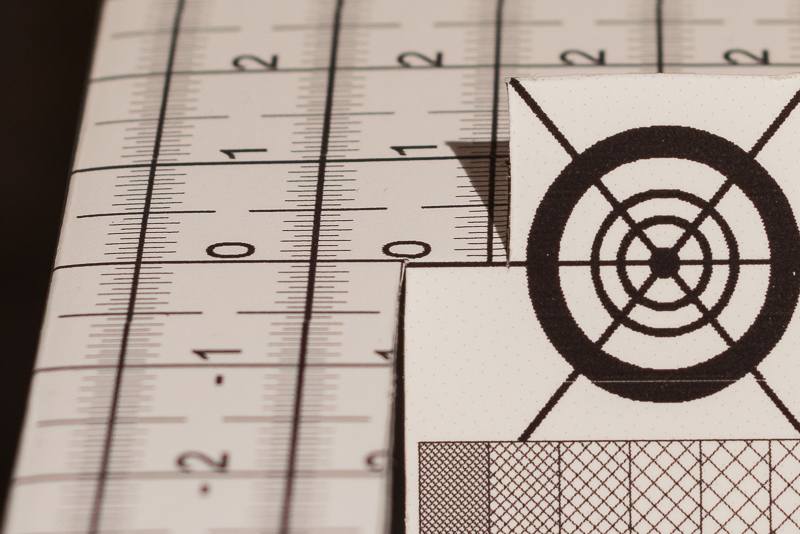
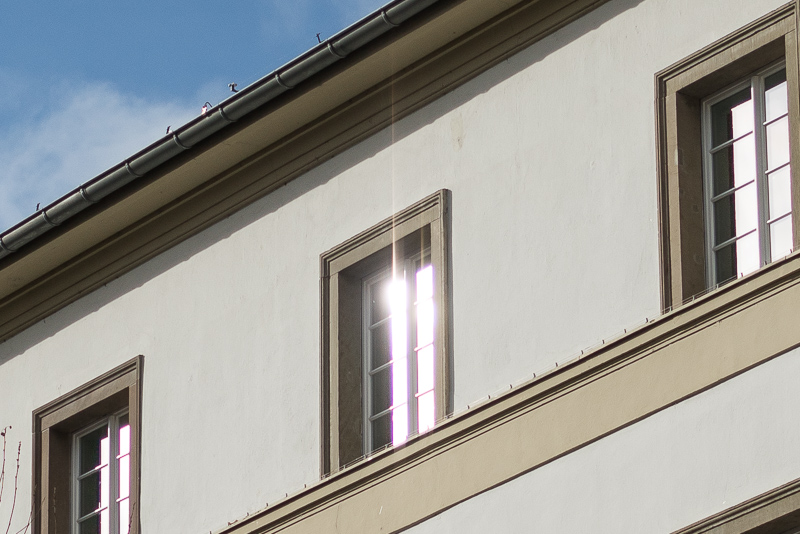
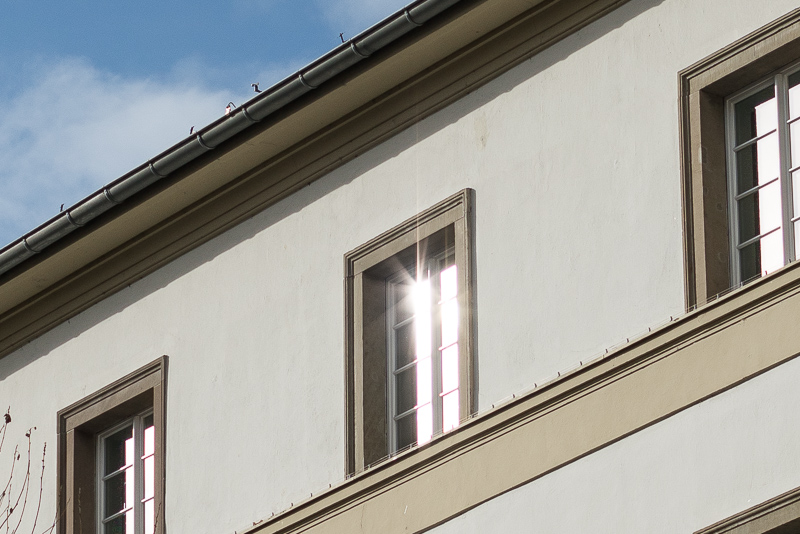

Hello Bastian, thank you for these various T-SE reviews. Much appreciated. What kind of tripod and head do you use? Any recommendations?
Regards, Alexandre
Hey, I did write an article on tripods for mirrorless cameras.
For architecture shooting with the TS-E lenses weight is often not that important,
here I like to use a Gitzo GT4552TS with Arca Swiss P0 head.
If you are looking for a more budget oriented solution have a look at Leofoto Ranger Series. Clever design, good materials.
There are some alternatives in this range of glass.. Samyang 24mm TS for example, although no auto focus, but for what it is intended I don to see a need for AF.
Another options Arax lenses, and Mir 10A lens – not sure if it covers modern FF sensors.
My experience with the Samyang is that it is below par – certainly not a professional quality lens.
Very nice review of a sort of “missed” lens.
I have used a number of the Canon tilt-shit lenses. This is a very dangerous “rabbit hole” to fall down as you can find yourself unable to stop at purchasing just one.
I have rented all three of the original TS-E lenses. The sharpest of these was the 90, followed by the 45 and then the 24.
I purchased a used 45 and love it.
Later on, once I got more serious about real estate and architecture work I purchased the new Canon 24mm and 17mm TS-E lenses. I love both of these lenses. I use them for commercial work on a Canon 5D Mk IV body and a Sony aR7III.
But this review was about the canon TS-E 45/2.8. There are good used copies available in the wild. What I enjoy about this lens is its wide range of “character”. You can use this lens in very strict and controlled tripod moments for careful, technical photography. It will deliver in this area. Extreme shifting will add some unwanted CA though.
But this lens is also just pure fun to go wild (hand held) with, just playing with different shift and tilt options. Sort of like the fun Lomo Lens Babies but with way, way better image quality. This lens really is one of the best performing “normal” focal length lenses that also gives you so many more creative options due to the added tilt and shift control.
Highly reccommended…
Thanks for sharing your experiences!
Ha ha – a rabbit hole indeed!! I have the 17, 24 and 90. wish there was a 35, but a 45 seems in the cards. Please stop me…
Hello!
I have the same combination but my lens does not fit the MC-11!? How do you fit them?
Isn’t a problem.
Maybe the bayonet of your Canon lens is bent?
Hello! I really enjoy your website, you’re sharing good content!
I’m considering to buy a tilt shift lens but I am not sure which one. I think the prices of the 35mm fd version dropped and I can get one around 450-500€ but is the image quality good enough for professionell stuff? Or should I go with one of the older ef versions 24mm vs 45mm which I could get for around 600-650€.
I would use it for wedding and portraits to get some creative shots or environmental portraits.
Its very litlle information about the fd version comparing to the older ef versions out there so i would appreciate your help.
Better get the 45.
Used the FD for quite some time and I agree because of handling alone.
You guys are the best! Thank you!
Couple of comments:
This lens does have barrel distortion – about a +5 correction in lightroom. This is more than the new 24 and 17 and requires more fiddling than most lenses I have. Sometimes you need both lens correction and warp.
The lens is sharp enough though.
The MC11 is a must in my opinion. Not only is it tight and sturdy so the electrical connections and lens connection is good. With cheaper adaptors this is not the case.
It is flocked inside for less flare and veiling as noted.
The opening is wider than the cheap adaptors so there is less vignetting and no outright black corners.
Hope this is helpful.
Correct … Metabones adapters are all too short
( but they clear a bit more image area in respect to corner vignetting with shorter lenses, no ? )